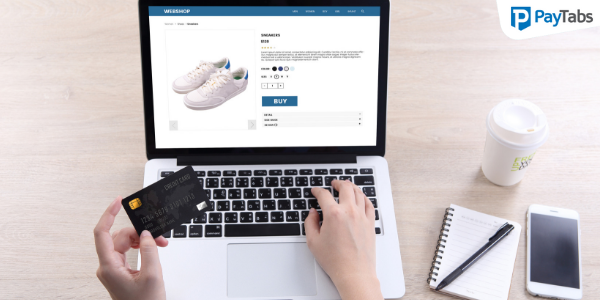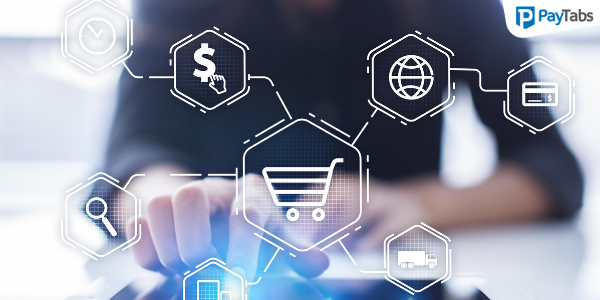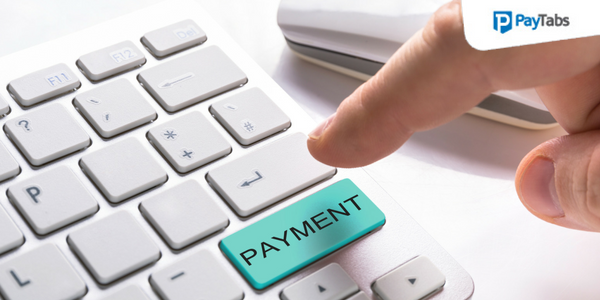How to use Price Localization for Increasing Global Sales?

The price of a product or service is the most influencing factor for a buyer. Of course, there are other factors affecting online sales, such as geographic location, currency, user experience, and so on. When we talk about price localization, we incorporate all these factors to render a customized shopping experience. According to a study, a group of SAAS companies confirmed that sales performance increased by 30% when price localization was implemented.
You can simply make changes in a payment gateway process by accepting local currencies and adjust pricing according to the market demand to successfully implement price localization. In addition to these, there are other ways as well. Here, we highlight the importance of price localization, and how it will affect your international business.
Cosmetic Localization versus True Localization
Price localization happens at various levels, depending on your goals. For example, if you have a product that sells really well, you can apply basic changes to boost global sales. But if you are entering a new market, you have to consider multiple aspects. Based on these two situations, there are two localization types – Cosmetic localization and true localization.
- Cosmetic Localization
Currency Exchange – Under this strategy, you can provide competitive exchange rates when converting the price of the product in local currency. Further, ensure minimum payment gateway charges to reduce additional costs, besides the product price.
Local Currency – You can also simply eliminate the need to provide an exchange facility by showing prices in local currency. This will improve the user experience, resulting in higher chances of customer acquisition.
Local Language – Translating website content into the local language is another way of tapping local customers. According to a study by KPMG and Google in India, 68% internet users prefer content in local language rather than in English.
- True Localization
Market Demand – You just cannot change the price and currency, and expect a rise in sales. When cosmetic localization doesn’t work, true localization comes in. The foremost influencing factor is market demand, and whether the market is saturated or not. For example, if the product demand is high in Europe but the competition is low, you can sell the product at a higher price.
Buyer Personas – The price is influenced by buyer personas as well. This involves customer’s demographics, buying behavior, and other factors. You have to customize a package, design, or features according to the customer’s preference. For example, some products may work well in the USA but they won’t sell in India unless you customize it according to buyer persona.
Purchasing Power Parity (PPP)
The price localization depends on the purchasing power of the currency. The purchasing power is determined by considering factors like income levels, cost of living, and so on. The purchasing power parity (PPP) aims at striking the balance between two currencies. In other words, as per PPP, the cost of a product should be the same in both currencies. For example, if a pair of shoes cost $50 in the USA, it should cost Rs 2500 in India, if the conversion rate is 50.
But the currencies, in comparison to US dollar, are either undervalued or overvalued. Now if you keep the prices same for the global market according to the PPP, the sales may get hampered. So on the basis of the conversion rate, exchange rate, and customer’s willingness to pay a particular price; you should adjust the selling price so that customers don’t hesitate to pay the price.
Customer’s Sensitivity
A customer is sensitive to various factors, not just the price and benefits. While pricing the product for a targeted audience, analyze factors like customer’s income, lifestyle, spending pattern, preferences, market demand & supply, the local language, and so on. Conduct surveys or deploy big data analytics to accrue information. The price localization works effectively when you create value according to customer’s sensitiveness and set a suitable price tag.
The Final Words
Price localization is an effective strategy of catering to the targeted audience, thereby, boosting local sales. It’s not just an option but a dire need if you want to tap the global market. Understand the market demand, and step into the market with the right product and price tag before you lose the ground to your competitors.




